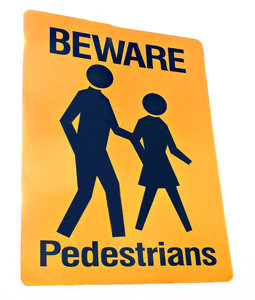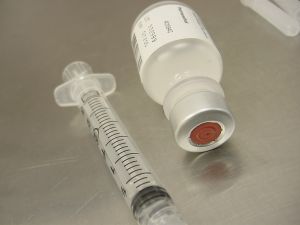Officials with the Massachusetts Department of Transportation (MassDOT) recently unveiled a new and more effective snow-clearing machine. It’s the Tow Plow and it can clean 2.5 travel lanes in just one pass. A typical snow plow can’t even clear one lane at a time.

“This Mega Plow takes the place of three pieces of equipment. We are reducing emissions, man-power, and still clearing the roads for our customers,” said MassDOT CEO and Secretary Richard A. Davey.
Our Braintree personal injury attorneys understand that the snowplows may serve as a nice convenience for us as they help us to navigate our roadways in the snowiest of conditions, but they also serve up some serious dangers. Snowplow operators are typically safety-conscious, but they need your help. Stay back and allow them to safely do their job of clearing the road for you. Don’t take a chance. Don’t crowd the plow!
This season, there are 12 new Tow Plows on order and already 40 new plows with spreaders and 9 new loaders. There are also 4,000 private vendors who join MassDOT in working to clear our roadways.
This year’s ice and snow budget is $45 million. Already this year, District 2 (consisting of New Braintree to Westhampton and Warwick or Southwick) has spent close to $250,000 because of the storm on the 7th of November. Currently, District 2 has close to 80,000 gallons of liquid de-icers and anti-icers, more than 2,000 tons of sand and close to 40 tons of salt. All we need is safe drivers to help them to lay it down safely — without car accidents.
To help to keep you safe around these snow and ice-removing vehicles, we’re here to offer you some safe driving tips. Please review them and share them with your loved ones. Safe roadways is a group effort from all motorists.
Safety Tips — Snowplows:
-Remember that these vehicles have large blind spots and can’t see behind their vehicles. Sometimes they stop or backup to complete clearing the roadway. Keep your distance from these vehicles.
-Keep an eye out for these vehicles. They can be in one lane or in all of the lanes. Make sure you know where they are.
-Stay out of “authorized vehicle only” areas. These are areas for snowplows and other official vehicles to make turnaround.
-Slow down your speed when passing snowplows.
-Always wear a seat belt to help to prevent injury and death in the event of an accident.
-Make sure your headlights are on to increase your visibility and to help others to see more easily.
-Before heading out, check the weather and the traffic reports. This will help you to steer clear of congested and closed areas. This way you can plan a more effective route.
-Never drive through a snow cloud or in whiteout conditions.
-Keep it calm. Remember that snowplow operators periodically pull over to allow traffic to pass by.
Continue reading
 Boston Personal Injury Attorney Blog
Boston Personal Injury Attorney Blog







 The new findings come with the most recently drowsy driving statistics from the National Highway Traffic Safety Administration (NHTSA). According to data, these young drivers were more than 75 percent more likely to get into a drowsy driving car accident than older drivers.
The new findings come with the most recently drowsy driving statistics from the National Highway Traffic Safety Administration (NHTSA). According to data, these young drivers were more than 75 percent more likely to get into a drowsy driving car accident than older drivers.



